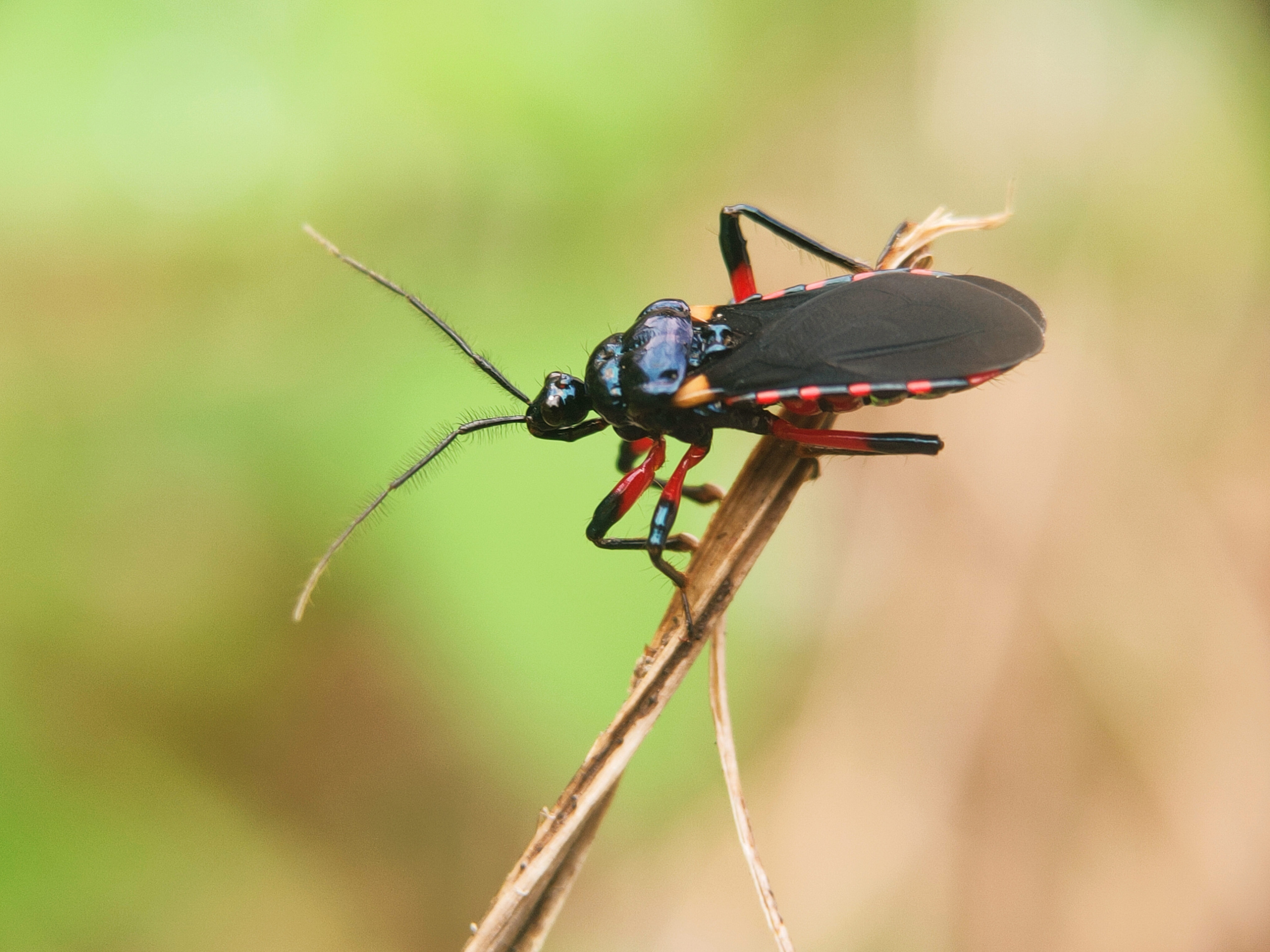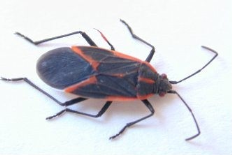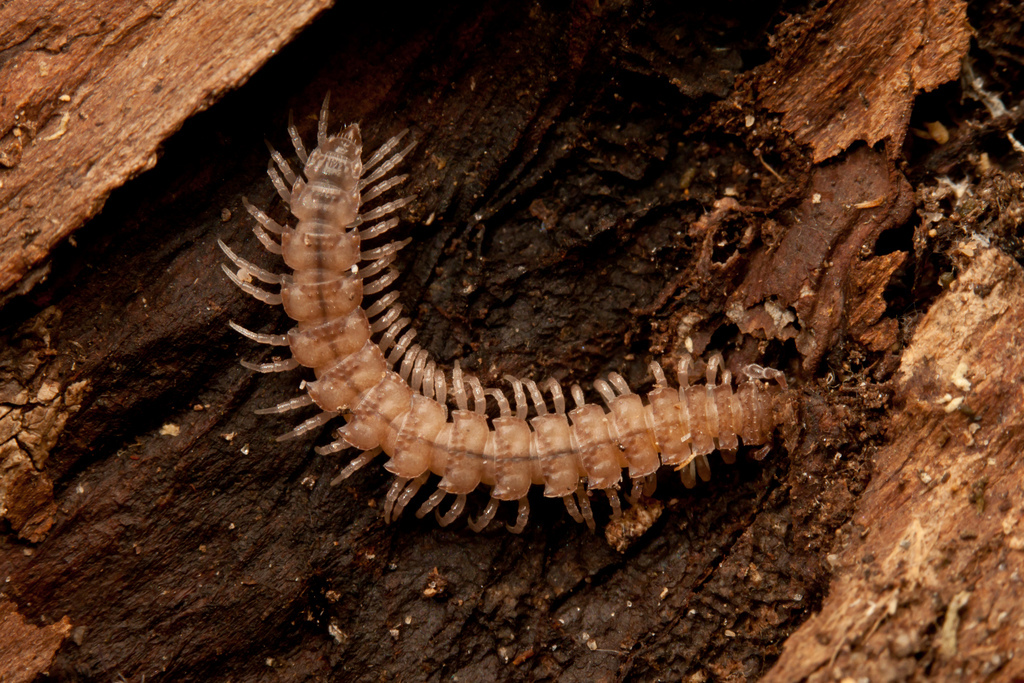Assassin Bugs

Identification
Color: Gray, black or brown; some species can be orange, yellow or red
Size: Adults ½” to ¾”, can be up to 1 ½”
Legs: 6
Antennae: Yes
Shape: Oval, elongated body
Region: Typically encountered in the southern United States, predominantly in Arizona, California, New Mexico and Texas
What is an Assassin Bug?
Assassin bugs are predatory insects that feed on other bugs. There are nearly 200 species of assassin bugs found in North America, including the wheel bug, the kissing bugand ambush bugs. While these insects can be beneficial in the garden as a form of natural pest control, they inflict painful, venomous bites if provoked and some can even spread disease.
What Do Assassin Bugs Look Like?
Because there are so many different species of assassin bugs, not all of them look quite the same. Many species are black or brown in color, although some can be orange, yellow or red. Their bodies are usually oval and elongated with a narrow head, membranous wings and long, thin antennae.
Generally, assassin bugs can be identified by their elongated head and long, three-segmented mouthpart (proboscis used like a straw to feed on fluids from their prey’s bodies).
Assassin bug hatchlings, also known as nymphs, can look very different from their parents, often exhibiting different colors or patterns than fully developed adults.
Because of their predatory nature, assassin bugs are commonly found in trees, gardens and grassy areas where they can find other insects to eat. They use their straw-like beaks to feed upon the fluids of other insects, including bees, flies and caterpillars.
Assassin bugs can enter homes through various crevices and openings, including open windows and doors, tears in screens, and unsealed cracks in exterior walls.
If provoked, assassin bugs can bite humans. Their venomous bites are immediately and severely painful. If you are bitten by an assassin bug, be sure to wash the bite and apply antiseptic as needed. Over-the-counter medications, like ibuprofen and aspirin, can be used to reduce pain. Contact a medical professional if you notice any changes in the bite area or if you start showing signs of anaphylactic reaction such as swelling, itching, hives or difficulty breathing.
Although assassin bugs are generally not aggressive towards humans, they may bite if they feel threatened. Their venomous bites are intensely painful and in rare cases they can even cause anaphylactic reactions.
Feces from some types of assassin bugs can also spread a parasite that causes Chagas disease. This potentially fatal, but rare, illness can cause fever, fatigue, body aches, headaches, rashes and swelling around the eyelids.
Assassin bugs prefer to spend their time where they are more likely to find plenty of insects to feed on. Therefore, they are typically found in vegetation outside the home. However, assassin bugs can find their way indoors through openings such as open windows or gaps around doorways and windows. If you notice assassin bugs in your home, contact a professional immediately to discuss how to resolve the problem.
Preventing an assassin bug infestation in the home requires sealing off possible points of entry. Make sure to seal any cracks or crevices in exterior walls with a silicone-based caulk, replace weather stripping, install door sweeps and repair any torn screens in doors or windows.
If you identify assassin bugs in your home, it is important to take quick steps to prevent or eradicate an infestation. Contact a qualified pest control professional immediately if you suspect an assassin bug infestation.






